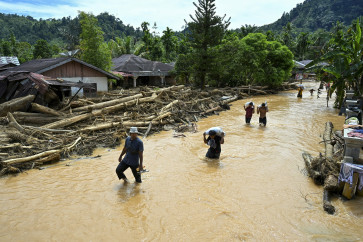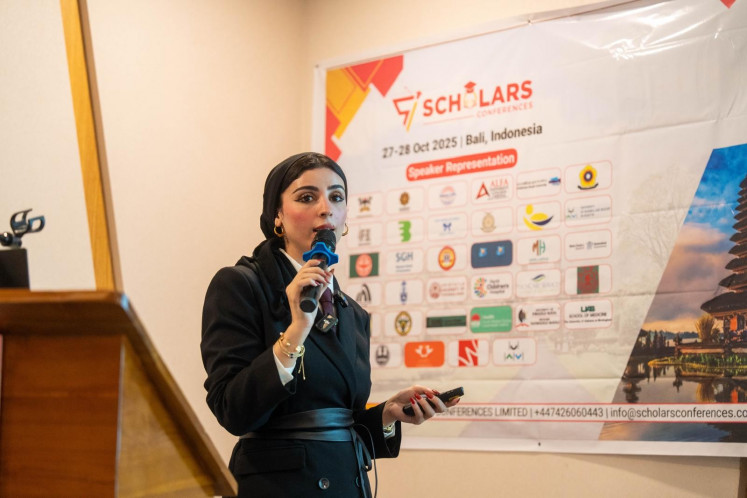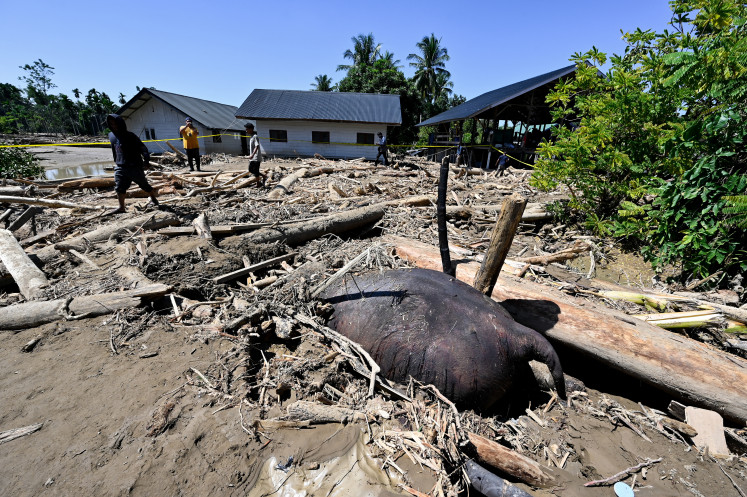Popular Reads
Top Results
Can't find what you're looking for?
View all search resultsPopular Reads
Top Results
Can't find what you're looking for?
View all search resultsBering Sea ice at lowest levels in 5,500 years: Study
Winter ice in the Bering Sea is at its lowest levels for 5,500 years, according to a study released Wednesday.
Change text size
Gift Premium Articles
to Anyone
W
inter ice in the Bering Sea, in the northern Pacific Ocean between Alaska and Russia, is at its lowest levels for 5,500 years, according to a study released Wednesday.
Researchers analyzed vegetation that accumulated on the uninhabited island of St Matthew over the last five millennia.
They looked at variations in peat layers of oxygen atoms called isotopes 16 and 18, whose proportions over time correlate with atmospheric and oceanic changes and precipitation.
"It's a small island in the middle of the Bering Sea, and it's essentially been recording what's happening in the ocean and atmosphere around it," said Miriam Jones, the researcher who conducted the study at the University of Alaska and then at the US Geological Survey.
The scientists studied a single 1.45-meter peat core, taken from St Matthew in 2012, which represented 5,500 years of accumulation.
"What we've seen most recently is unprecedented in the last 5,500 years," writes Matthew Wooller, director of the Alaska Stable Isotope Facility, who participated in the analysis.
The ice in the Arctic and Bering Seas melts in summer and freezes anew in winter, but satellite observations only date back to 1979.
Read also: Climate change killing off Bering Sea puffins, say scientists
For the Arctic, the reduction of winter ice in recent decades is clear and rapid, in parallel with global warming and the increasing concentration of carbon dioxide in the atmosphere.
But the Bering Sea in recent decades has seemed stable, the authors of the study say -- with the exception of 2018 and 2019, when a strong reduction was observed.
The advantage of the new analysis, published in the journal Science Advances, is that it goes back much further in time, allowing researchers to establish whether the current levels are an anomaly or a trend.
At this rate, conditions are now favorable for a completely "ice-free" Bering Sea, the authors conclude, setting in motion a domino effect of consequences on the ecosystem.
"There's a lot more going on than simply warming temperatures," Jones said.
"We're seeing a shift in circulation patterns both in the ocean and the atmosphere."











